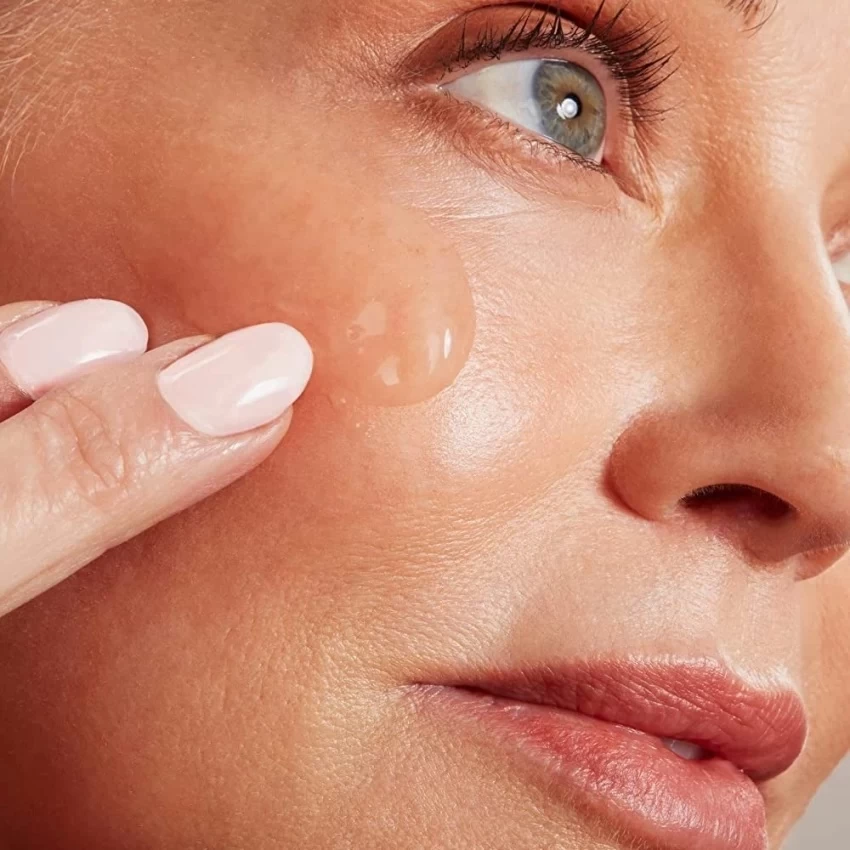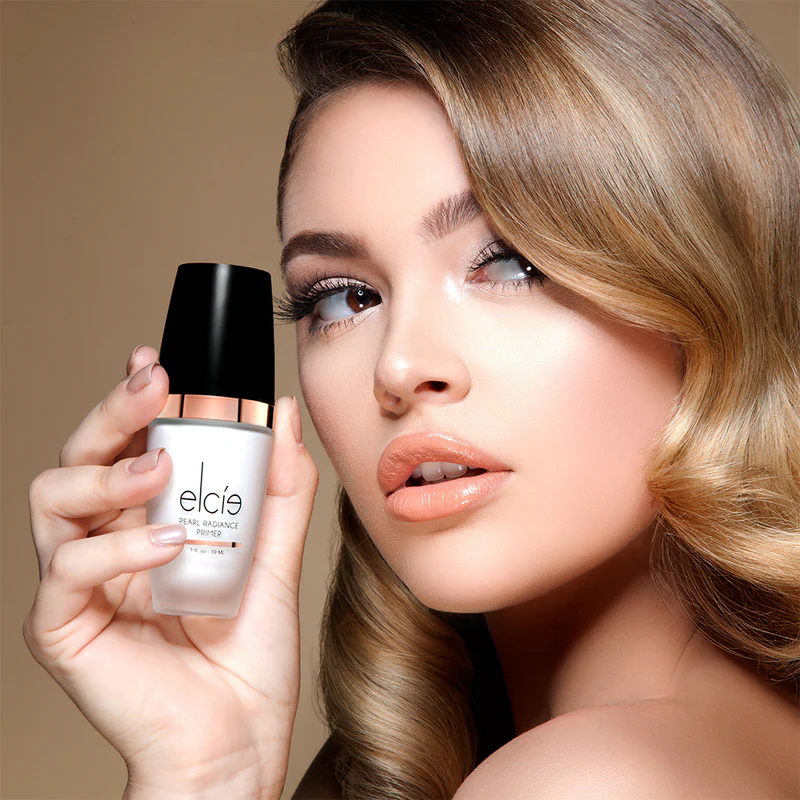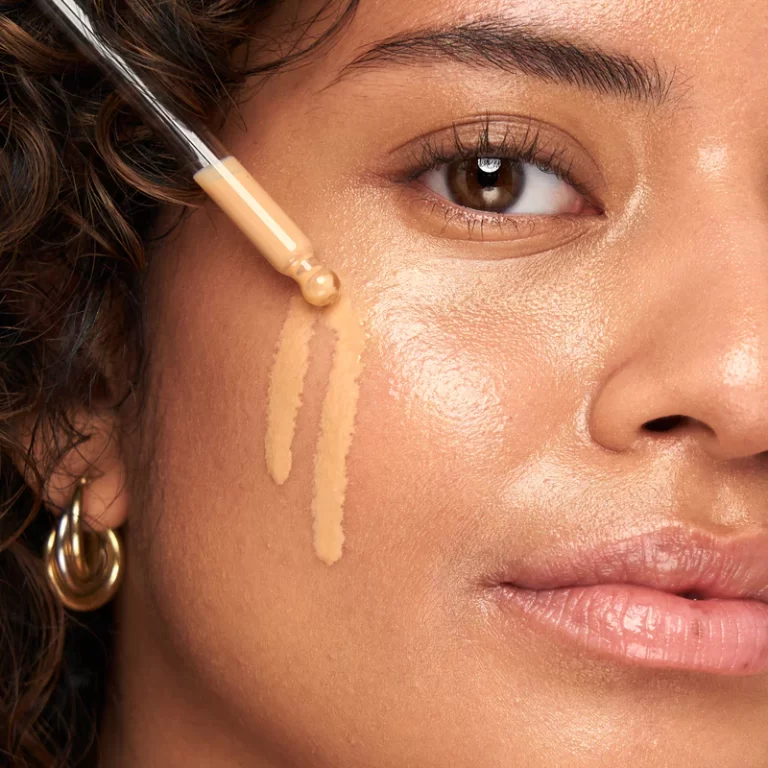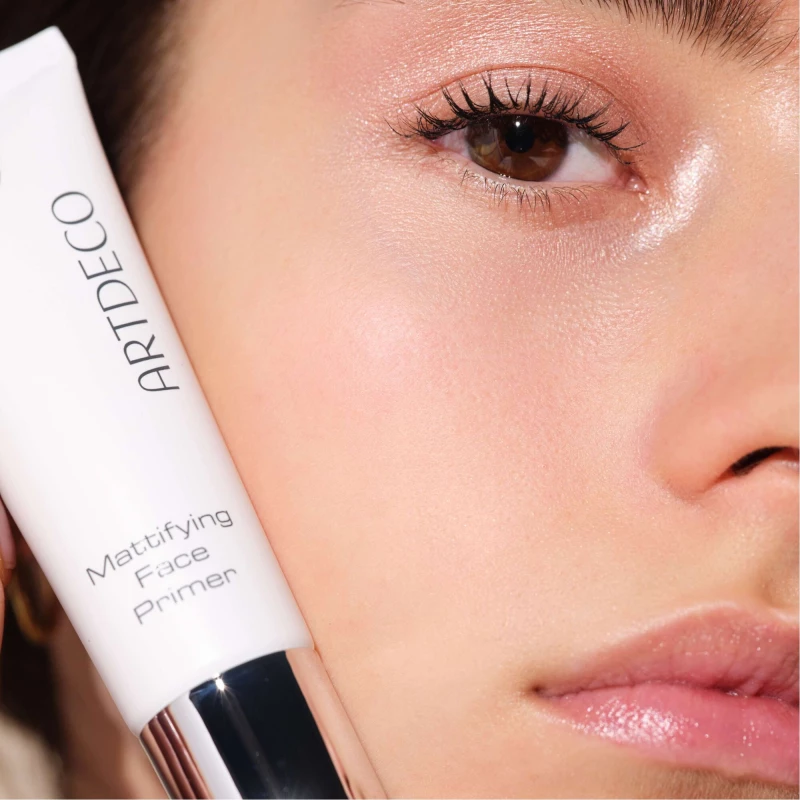
Makeup Primer for Oily Skin: Achieving a Flawless Look
The Ultimate Guide to Makeup Primers for Oily Skin: Achieving a Flawless, Long-Lasting Look
For those blessed with oily skin, the quest for a flawless, long-lasting makeup look can often feel like an uphill battle. Excess sebum production leads to shine, enlarged pores, and makeup that seems to slide off within hours. However, a powerful ally exists in the world of beauty products: makeup primers specifically designed for oily skin. These innovative products serve as the perfect bridge between skincare and makeup, creating a smooth canvas that keeps excess oil at bay and ensures your makeup stays put throughout the day. This comprehensive guide delves into the world of makeup primer for oily skin, exploring their benefits, key ingredients, application techniques, and top recommendations to help you achieve a flawless, matte finish that lasts.
Understanding Oily Skin and Its Makeup Challenges
Oily skin results from overactive sebaceous glands that produce excess sebum. While this natural oil helps protect and moisturize the skin, too much of it can lead to a host of issues, particularly when it comes to makeup application and longevity. People with oily skin often struggle with enlarged pores, a persistent shiny appearance, and are more prone to acne breakouts.
These factors can make it challenging to maintain a flawless makeup look throughout the day, as foundation and other products tend to slide off or become patchy. The excess oil can also cause makeup to oxidize, leading to color changes and an uneven appearance. Additionally, oily skin types may find that their makeup settles into pores and fine lines, accentuating rather than concealing these features. These challenges highlight the importance of using a specially formulated primer as a crucial step in the makeup routine for those with oily skin.
The Role of Primers in Managing Oily Skin
Makeup primers designed for oily skin play a multifaceted role in creating the perfect base for a long-lasting makeup look. First and foremost, these primers work to control excess oil production, creating a matte finish that helps keep shine at bay throughout the day. By forming a barrier between the skin and makeup, primers prevent the natural oils from breaking down foundation and other products, significantly extending wear time.
Many primers for oily skin also contain ingredients that minimize the appearance of pores, creating a smoother canvas for makeup application. This pore-filling effect not only improves the overall appearance of the skin but also helps prevent makeup from settling into pores and exacerbating their appearance. Additionally, primers can help balance the skin’s pH levels and provide a grip for foundation, ensuring even application and better adherence of subsequent makeup products. Some advanced formulations even offer skincare benefits, such as oil control and acne-fighting properties, making them a valuable multitasking product in any oily skin makeup routine.
Key Ingredients to Look for in Oily Skin Primers
When selecting a primer for oily skin, the ingredient list becomes crucial in determining its effectiveness. Look for primers that contain oil-absorbing ingredients such as silica, clay, or charcoal. These components work to soak up excess sebum throughout the day, maintaining a matte finish. Salicylic acid is another beneficial ingredient, as it helps to exfoliate the skin and unclog pores, reducing the likelihood of breakouts. Niacinamide (Vitamin B3) can help regulate oil production and improve overall skin texture. Zinc oxide not only provides sun protection but also has oil-controlling properties.
Hyaluronic acid, while known for its hydrating properties, can be beneficial in lightweight formulations as it helps maintain skin’s moisture balance without adding oiliness. Mattifying agents like kaolin clay or rice powder can help absorb oil and create a smooth, velvety finish. Some primers also incorporate silicones like dimethicone, which create a smooth base and can help control oil production throughout the day. By choosing primers with these key ingredients, those with oily skin can effectively manage excess sebum while creating an ideal base for makeup application.
Application Techniques for Maximum Oil Control
Proper application of primer is essential to maximize its oil-controlling benefits and create a flawless base for makeup. Start with thoroughly cleansed and moisturized skin, allowing your skincare products to fully absorb before applying primer. Use a small amount of primer, about the size of a pea, and warm it between your fingers before gently pressing it into the skin. Focus on areas that tend to get oily first, such as the T-zone (forehead, nose, and chin). For particularly oily areas, consider using a mattifying primer in conjunction with a pore-filling primer to address multiple concerns.
Allow the primer to set for a minute or two before applying foundation. This waiting period ensures that the primer has time to create a smooth, even surface and helps to maximize its oil-controlling properties. Some makeup artists recommend applying a light dusting of translucent powder over the primer before foundation for extra oil control. When applying foundation and other makeup products, use patting motions rather than rubbing to maintain the integrity of the primer layer. Throughout the day, use oil-absorbing sheets to blot away excess oil without disturbing your makeup, helping to maintain the matte finish created by your primer.
Top Primer Recommendations for Oily Skin
The market offers a wide range of primers specifically formulated for oily skin. Some standout options include the Benefit Cosmetics The POREfessional Face Primer, known for its pore-minimizing and oil-controlling properties. The Fenty Beauty Pro Filt’r Mattifying Primer provides long-lasting oil control and helps to blur imperfections. For those seeking a more budget-friendly option, the e.l.f. Poreless Putty Primer offers impressive pore-blurring and oil-control benefits at a fraction of the cost of high-end options.
The Hourglass Veil Mineral Primer is another excellent choice, offering a silky smooth finish and helping to minimize the appearance of pores and fine lines. The Becca Ever-Matte Poreless Priming Perfector is renowned for its intense oil-control properties, making it ideal for those with extremely oily skin. These primers have gained a loyal following among those with oily skin for their ability to create a flawless, long-lasting makeup look. When choosing a primer, consider factors such as your specific skin concerns, budget, and preferred texture to find the perfect match for your oily skin needs.

Incorporating Primers into a Comprehensive Skincare Routine
While primers can work wonders for controlling oil and extending makeup wear, they should be part of a broader skincare routine tailored to oily skin. Start with a gentle, foaming cleanser to remove excess oil and impurities without stripping the skin. Follow with an alcohol-free toner to balance the skin’s pH levels and remove any remaining traces of oil or cleanser. Incorporate a lightweight, oil-free moisturizer to hydrate the skin without adding extra shine. Weekly exfoliation with a gentle BHA (beta hydroxy acid) product can help to unclog pores and prevent breakouts.
For daytime routines, apply a broad-spectrum, oil-free sunscreen before your primer to protect the skin from UV damage. At night, focus on treating oily skin concerns with serums containing ingredients like niacinamide or salicylic acid. By maintaining a consistent skincare routine alongside the use of a primer, you can achieve better oil control and create an ideal canvas for makeup application. Remember that even oily skin needs hydration, so don’t skip moisturizer – instead, opt for lightweight, non-comedogenic formulas that won’t clog pores or exacerbate oiliness.
Troubleshooting Common Issues with Primers and Oily Skin
Even with the right primer, those with oily skin may encounter some challenges. If you find that your makeup still separates or becomes patchy throughout the day, try using a setting powder over your foundation to lock everything in place. For extremely oily areas, consider using a mattifying setting spray as a final step in your makeup routine. If you experience breakouts after using a new primer, it may be due to ingredients that don’t agree with your skin.
In this case, try switching to a non-comedogenic formula or one with added acne-fighting ingredients. Some individuals may find that silicone-based primers cause congestion; if this occurs, opt for water-based alternatives. If your primer pills or balls up when applying foundation, you may be using too much product or not allowing enough time for it to set. Experiment with different application techniques and waiting times to find what works best for your skin. Remember that finding the perfect primer may require some trial and error, so don’t be discouraged if the first one you try doesn’t work perfectly.
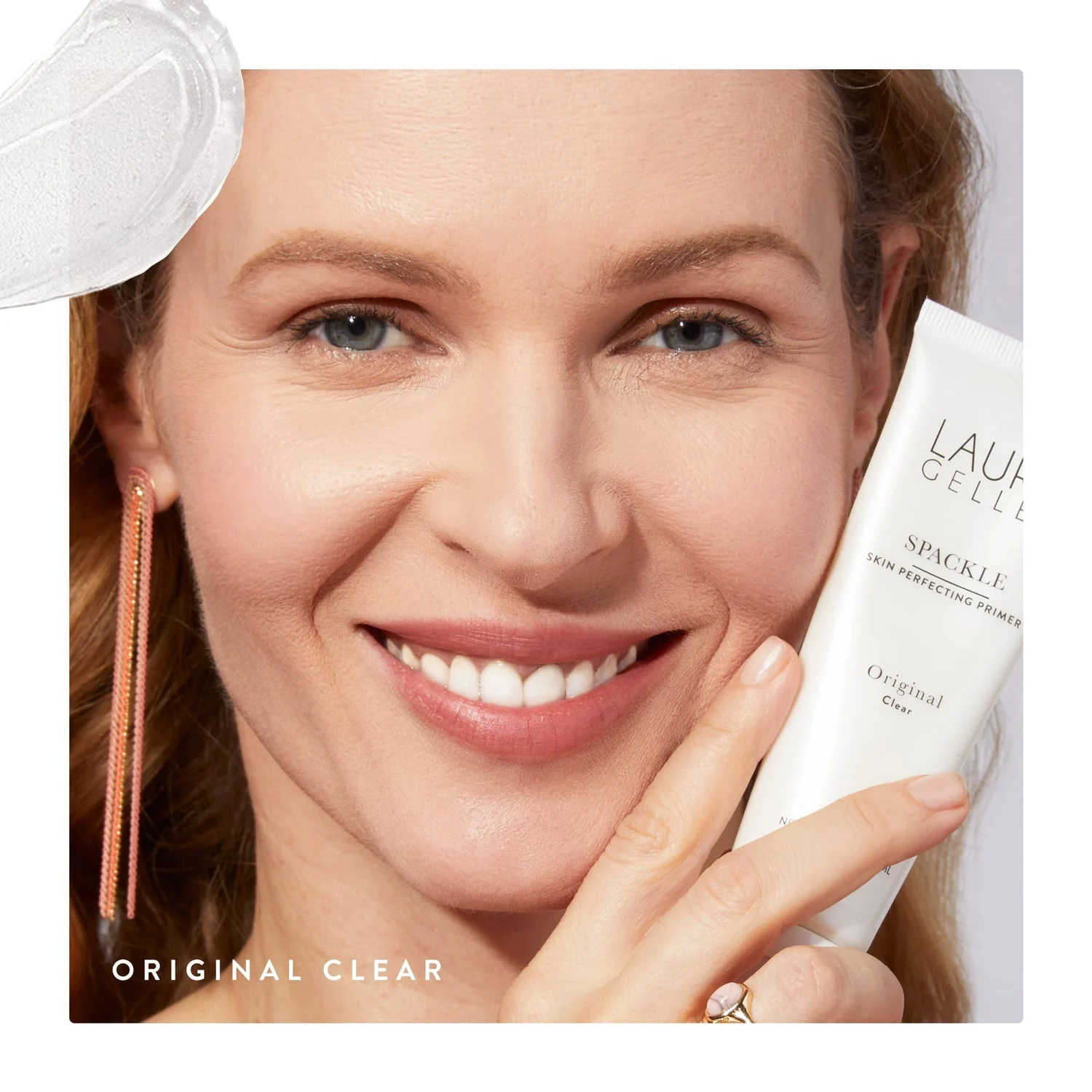
The Future of Primers for Oily Skin
As technology advances and understanding of oily skin improves, the future of primers for oily skin looks promising. Cosmetic companies are increasingly focusing on developing multifunctional products that not only control oil and extend makeup wear but also offer skincare benefits. This trend may lead to more primers incorporating active ingredients that help to regulate sebum production and improve overall skin health over time. Customizable primers that can be adjusted to individual oil control needs may become more prevalent, allowing for a truly personalized approach to makeup prep.
Advances in ingredient technology may introduce new, more effective oil-absorbing components that provide longer-lasting mattifying effects without drying out the skin. The growing demand for clean and natural beauty products is likely to influence the development of primers for oily skin, with an emphasis on plant-based, non-toxic formulations that effectively control oil. As research into the causes and management of oily skin continues, primers may evolve to address specific triggers of excess oil production, offering even more targeted solutions for those struggling with oily skin.
Conclusion
In conclusion, makeup primers for oily skin serve as an essential tool in achieving a flawless, long-lasting makeup look. By understanding the unique challenges of oily skin, selecting products with beneficial ingredients, and mastering application techniques, individuals can transform their makeup routine and boost their confidence. Remember to consider primers as part of a comprehensive skincare and makeup approach, working in harmony with your cleansing, moisturizing, and foundation products.
With patience and experimentation, you’ll find the perfect primer that helps you control shine, minimize pores, and create a smooth, matte canvas for your makeup. Embrace your oily skin and the benefits it brings, knowing that with the right products and techniques, you can achieve a flawless, radiant complexion that lasts all day long. As the beauty industry continues to innovate, those with oily skin can look forward to even more advanced and effective primer solutions, making the dream of perfect, shine-free makeup a reality for everyone.
